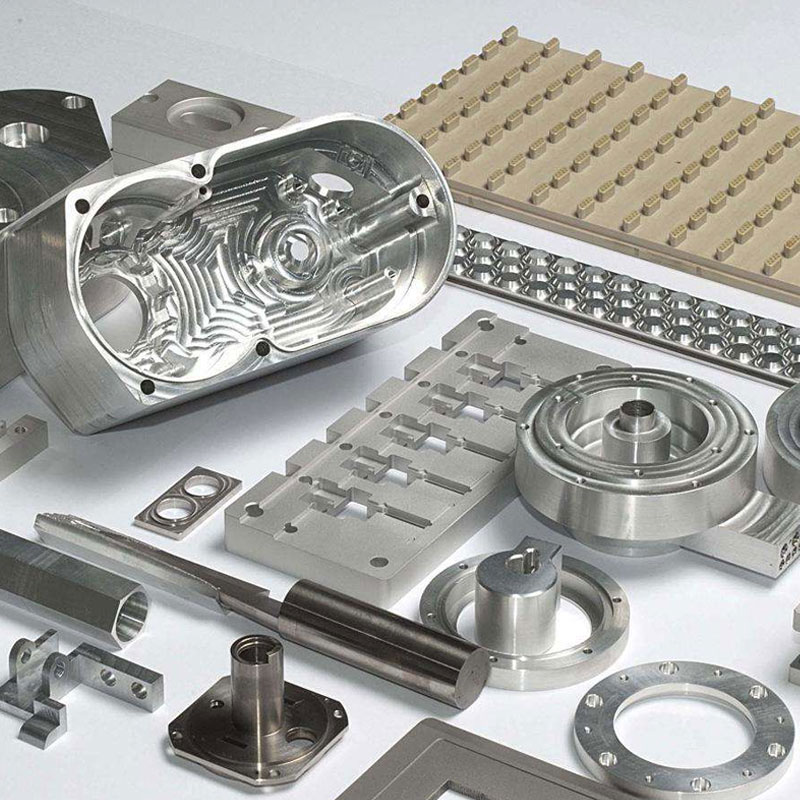There are some parts made of stainless steel and high-temperature alloy processing parts in coal mining machinery. There are certain difficulties in the processing of these high temperature alloy machined parts. Now we will discuss some issues.
1 Machinability of stainless steel
Stainless steel is divided into three types: ferrite, martensite, and austenite according to the metallographic structure. The main component of ferritic and martensitic stainless steel is Cr, which is often used in the quenched, tempered or annealed state. The comprehensive mechanical properties are moderate, and the cutting process is generally not difficult. The composition of austenitic stainless steel is mainly composed of elements such as Cr and Ni. After quenching, it has an austenitic structure and has poor machinability. The main manifestations are:
The plasticity is large, the work hardening is very serious, and it is easy to generate built-up edge to deteriorate the quality of the processed surface. The cutting force is about 25% higher than that of 45 steel. The degree of surface hardening and the depth of hardened layer are large.
The thermal conductivity is small, only 1/3 of that of 45 steel, so it generates a lot of heat and is difficult to transmit, resulting in high cutting temperature.
The cutting temperature is high, the work hardening is serious, and the carbide in the steel forms hard inclusions, and it is easy to be cold welded with the tool, so the tool wears quickly.
2 Machinability of high temperature alloy steel
High-temperature alloy steel has three kinds of Fe-based, Ni-based, and Co-based according to its chemical composition, and contains many high melting point alloying elements, which form austenitic alloys with high purity and dense structure with other alloys. Some elements combine with non-metallic elements C, N, O, etc. to form high-hardness compounds with low specific gravity and high melting point. They can also form some tough and high-hardness intermetallic compounds. At the same time, some alloying elements enter the solid solution to strengthen the matrix. . After long-term aging, the superalloy can precipitate hard phases from the solid solution, further distorting the crystal lattice, which not only increases the plastic deformation resistance, but also increases the wear of the tool due to the existence of hard particles. The processing of high temperature alloy steel has the following characteristics:
High strength and strong resistance to plastic deformation, so the cutting force is great.
High hardness, especially higher temperature hardness than other metal materials, and further hardening due to plastic deformation during processing.
The thermal conductivity is small, only 1/3~1/4 of 45 steel.
The high-hardness compounds in the alloy constitute hard spots, which further aggravate tool wear.
Under medium and low cutting speeds, it is easy to cold weld with the tool. In the high temperature, the tool undergoes violent diffusion wear.











